W. Tang
Enhancing Fingerprint Image Synthesis with GANs, Diffusion Models, and Style Transfer Techniques
Mar 20, 2024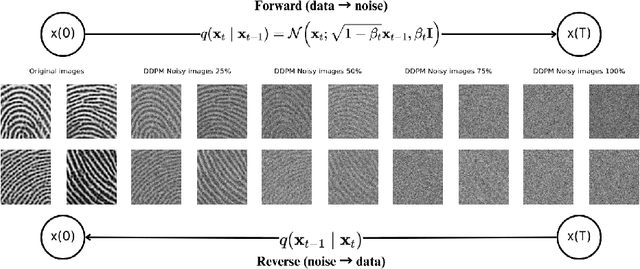

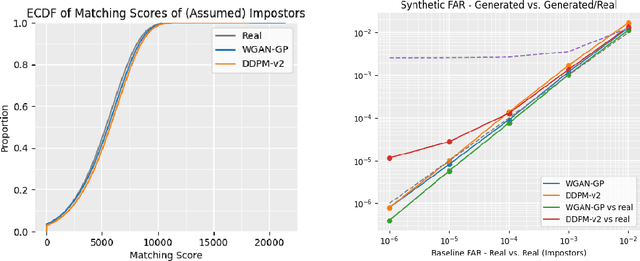
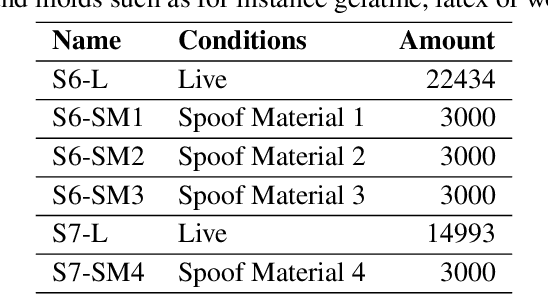
Abstract:We present novel approaches involving generative adversarial networks and diffusion models in order to synthesize high quality, live and spoof fingerprint images while preserving features such as uniqueness and diversity. We generate live fingerprints from noise with a variety of methods, and we use image translation techniques to translate live fingerprint images to spoof. To generate different types of spoof images based on limited training data we incorporate style transfer techniques through a cycle autoencoder equipped with a Wasserstein metric along with Gradient Penalty (CycleWGAN-GP) in order to avoid mode collapse and instability. We find that when the spoof training data includes distinct spoof characteristics, it leads to improved live-to-spoof translation. We assess the diversity and realism of the generated live fingerprint images mainly through the Fr\'echet Inception Distance (FID) and the False Acceptance Rate (FAR). Our best diffusion model achieved a FID of 15.78. The comparable WGAN-GP model achieved slightly higher FID while performing better in the uniqueness assessment due to a slightly lower FAR when matched against the training data, indicating better creativity. Moreover, we give example images showing that a DDPM model clearly can generate realistic fingerprint images.
A Deep Neural Network for Pixel-Level Electromagnetic Particle Identification in the MicroBooNE Liquid Argon Time Projection Chamber
Aug 22, 2018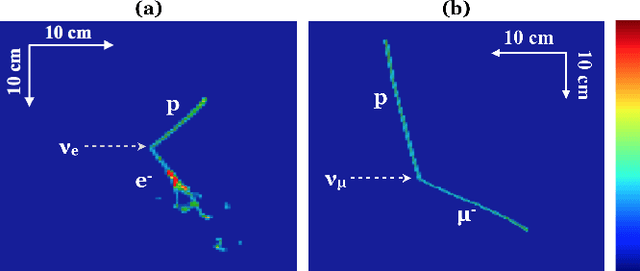
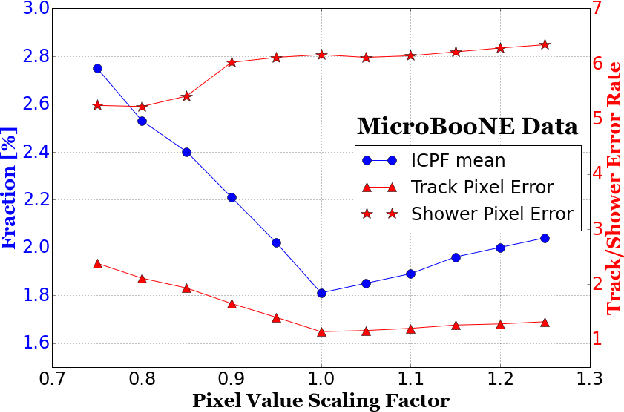
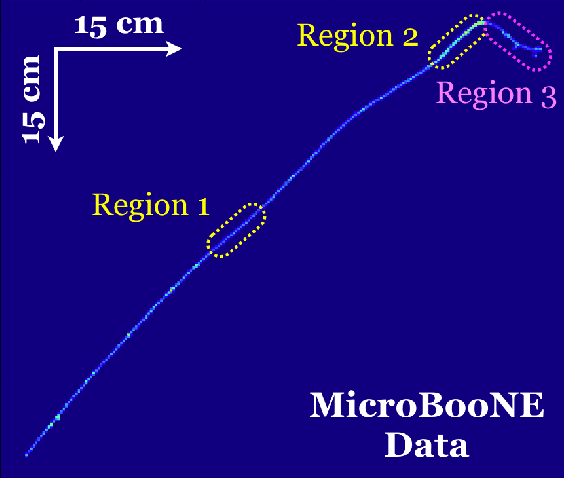
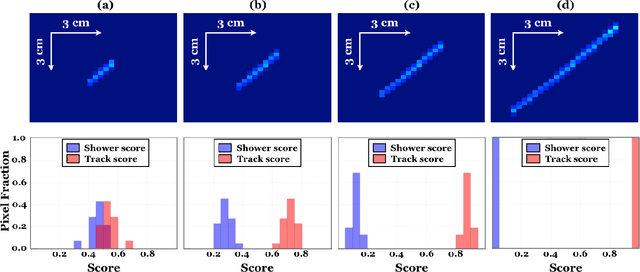
Abstract:We have developed a convolutional neural network (CNN) that can make a pixel-level prediction of objects in image data recorded by a liquid argon time projection chamber (LArTPC) for the first time. We describe the network design, training techniques, and software tools developed to train this network. The goal of this work is to develop a complete deep neural network based data reconstruction chain for the MicroBooNE detector. We show the first demonstration of a network's validity on real LArTPC data using MicroBooNE collection plane images. The demonstration is performed for stopping muon and a $\nu_\mu$ charged current neutral pion data samples.
 Add to Chrome
Add to Chrome Add to Firefox
Add to Firefox Add to Edge
Add to Edge